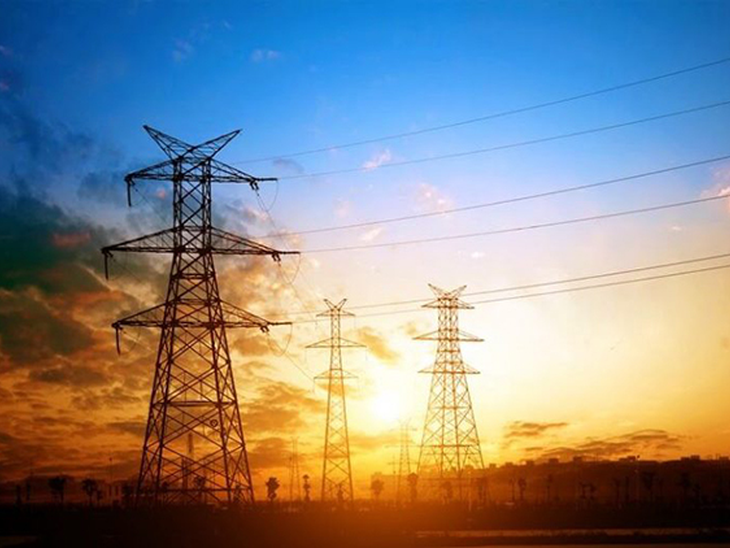
CCEE says that industry linked to the metallurgical sector has been consuming more to take advantage of the good moment in the international market, with the recovery of the Chinese economy
T&B Petroleum/Press Office CCEE
Electricity consumption in Brazil in the first three months of 2023 was 68,993 average megawatts, according to the Electric Energy Trading Chamber – CCEE. The amount represents an increase of 1.3% compared to the same period last year. However, if the 1,445 average MW exported to Argentina and Uruguay are taken into account, the country's total demand would be 70,438 average MW, which would represent an increase of 3.4% in the annual comparison.
The CCEE assessment is that consumption remains within expectations, with the recovery of the energy market and in line with the first four-month review of the load forecast, which projects a 2.6% increase in consumption in the year. The growth observed in the first quarter is linked to the good performance of some sectors of the economy that should continue to perform well in 2023.
The advance of the first quarter was driven by demand 5.4% higher in the free market (not considering exports), where industry and large companies negotiate energy contracts. The environment used an average of 24,561 MW and the highest rates were registered by the CCEE in the sectors of sanitation and commerce, driven by the migration of new consumer units, followed by the sectors of economic activity linked to metallurgy, which look with optimism at the recovery of the Chinese economy.
The remainder, 44,432 average MW, was consumed by the segment of distributors, in the regulated market, which serves homes and small companies. This amount was 0.8% lower in the annual comparison and the drop was influenced by a greater volume of rainfall in much of the country in the first quarter, in addition to milder temperatures than those recorded in the same period last year.
Consumption by branch of economic activity
Evaluating the behavior of the 15 sectors of the economy with electricity consumption monitored by the CCEE in the first quarter of this year, in the annual comparison and without considering exports to Argentina and Uruguay, demand was higher in almost all of them, with emphasis on the sanitation branches (24%), trade (12%), extraction of metallic minerals (12%) and metallurgy and metal products (9%). Only three areas registered a drop: the textile and chemical industries and the non-metallic minerals segment, each with a 3% decline.
Consumption by region
In the regional assessment, energy consumption also rose in almost the entire country in the first quarter, with emphasis on Maranhão (46%) and Pará (8%), where the industry linked to the metallurgical sector had a strong influence, followed by Rondônia, where temperatures were above the average recorded in the same period last year, a scenario that increases the use of refrigeration equipment.
In the states where the demand for electricity was lower, without considering exports, the CCEE highlights Mato Grosso do Sul (-7%), Rio Grande do Norte (-1%) and Pernambuco (-2%), all affected by higher volumes of rain in the first quarter, and Pernambuco, additionally impacted by the drop in free market consumption.

Contact us